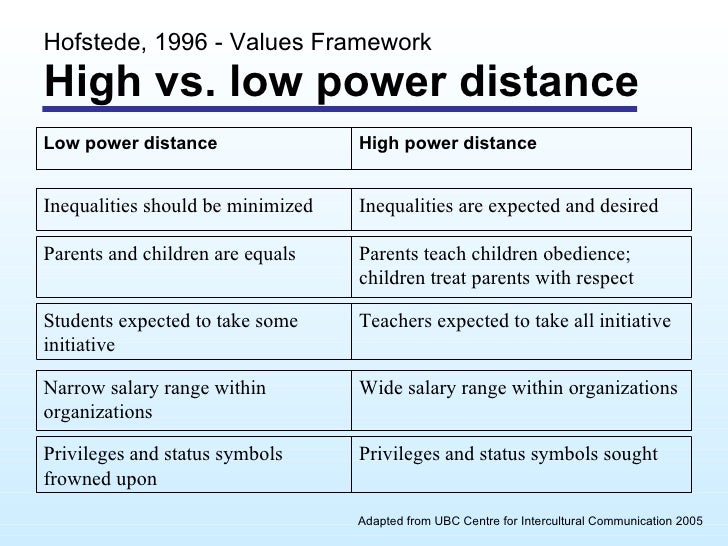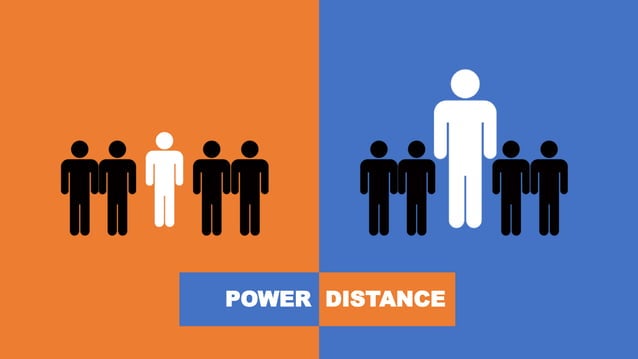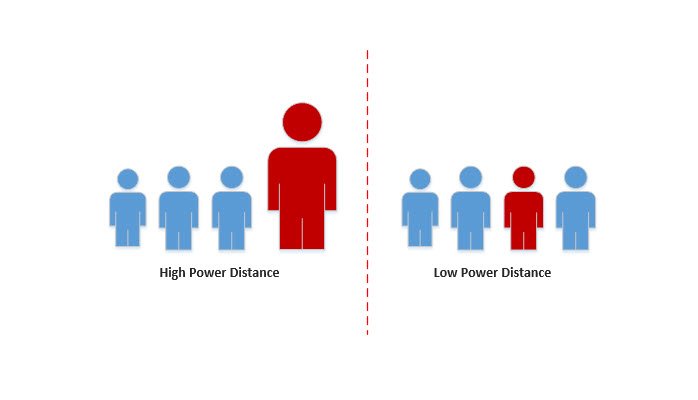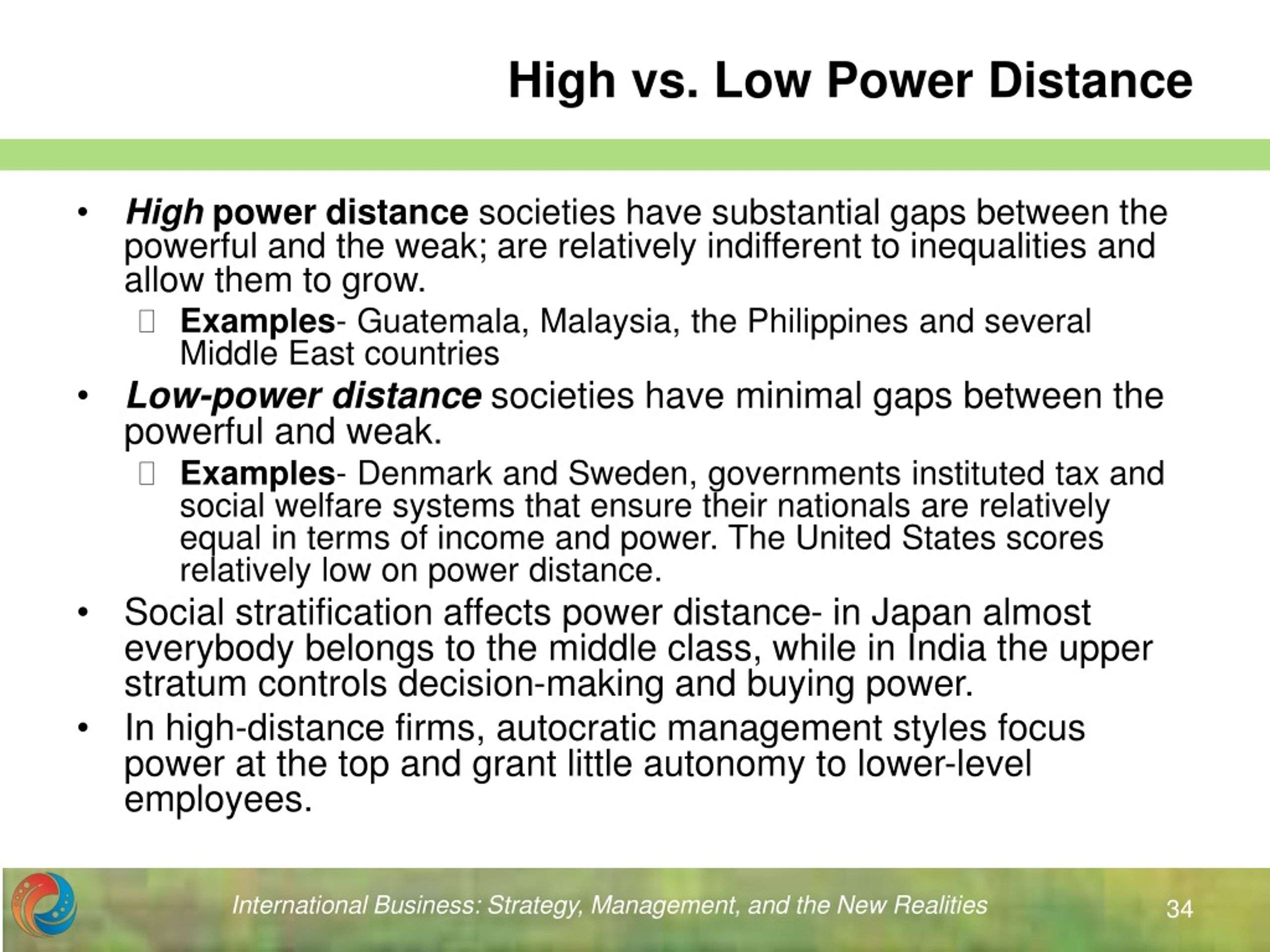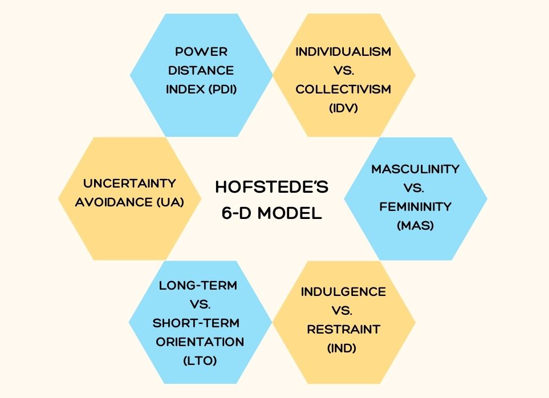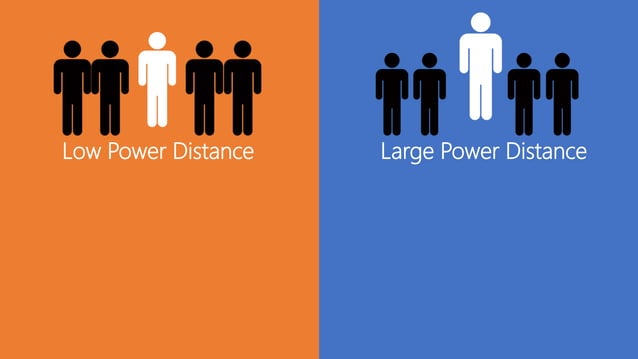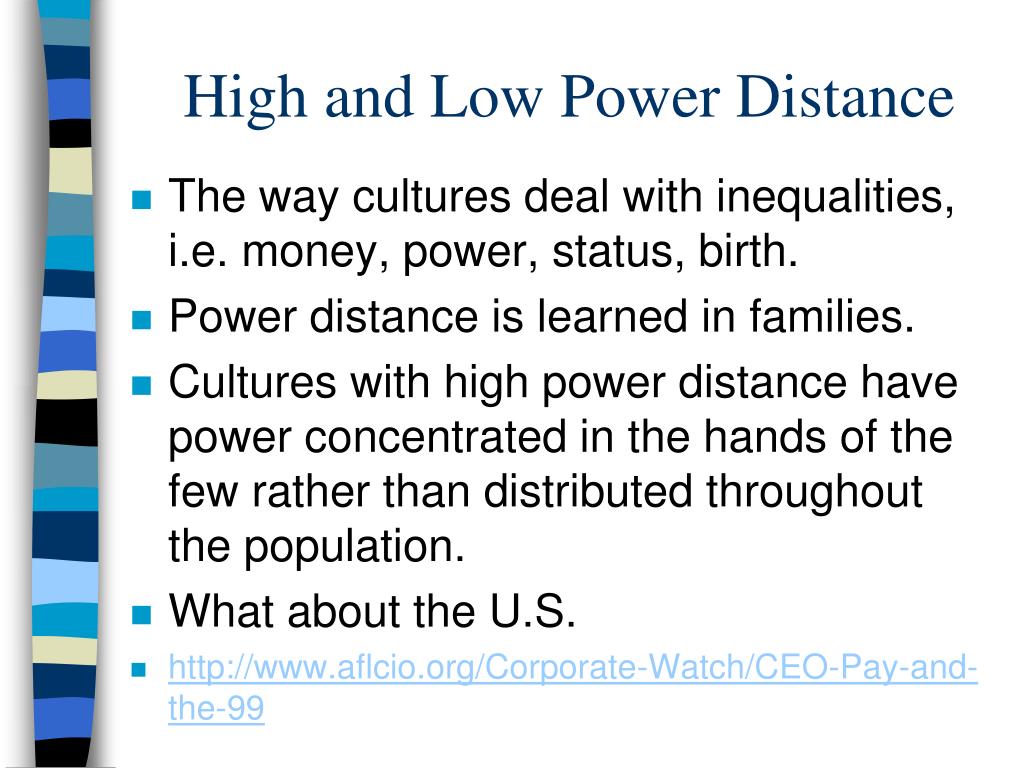Which Of The Following Companies Has High Power Distance

The concept of power distance, a cornerstone of cross-cultural studies, explores how societies and organizations perceive and accept unequal distribution of power. Understanding its presence within companies can illuminate leadership styles, communication patterns, and employee engagement, ultimately affecting performance and innovation. But pinpointing which specific company definitively exhibits "high power distance" requires careful analysis, as it’s rarely a simple yes-or-no answer.
This article delves into the complexities of identifying companies characterized by high power distance. It examines different factors that contribute to this organizational trait, offering insights into its potential manifestations and consequences. While drawing broad conclusions about specific companies is fraught with risk, we can explore traits associated with power distance in specific contexts.
Understanding Power Distance
Power distance, as defined by Dutch social psychologist Geert Hofstede, refers to the extent to which less powerful members of institutions and organizations within a country expect and accept that power is distributed unequally. High power distance cultures often feature hierarchical structures, deference to authority, and a reluctance to challenge decisions made by superiors.
Conversely, low power distance cultures tend to promote flatter organizational structures, encourage open communication, and value collaboration across different levels. Measuring power distance within a company necessitates a multi-faceted approach, drawing upon employee surveys, observational studies, and analyses of organizational policies and procedures.
Indicators of High Power Distance in Organizations
Several indicators suggest a high power distance environment within a company. These can include a rigid hierarchical structure with many layers of management. A strong emphasis on formal communication channels, where information flows primarily from top to bottom, is another sign.
Limited employee participation in decision-making processes, coupled with a fear of challenging authority, also contributes. High power distance may be reflected in the prevalence of autocratic leadership styles, where leaders make decisions unilaterally and expect strict obedience.
Another key indicator is the presence of significant status symbols, such as executive dining rooms or designated parking spaces, which reinforce the power differential between different levels of employees. Companies in industries with long-established traditions or those operating in cultures with a high power distance index are more likely to exhibit this characteristic.
Challenges in Identifying Specific Companies
It’s crucial to acknowledge that publicly declaring a specific company as exhibiting “high power distance” is a complex undertaking. Such a pronouncement could have legal and reputational consequences.
Internal surveys and employee feedback, the most reliable sources of information, are often kept confidential. Furthermore, power distance is not a static characteristic; it can evolve over time as organizations adapt to changing business environments and embrace new management philosophies.
Finally, different departments or teams within the same company may exhibit varying degrees of power distance. A manufacturing division might operate under a more hierarchical structure than a research and development team, for example.
Examples of Companies Operating in High Power Distance Cultures
While we can't definitively label specific companies without comprehensive internal data, we can examine organizations operating in countries generally considered to have high power distance cultures. These include many countries in Asia, Latin America, and the Middle East.
For example, some large, multinational corporations headquartered in these regions may maintain a more hierarchical management style, reflecting the cultural norms of their home countries. Companies that rely heavily on traditional management principles, irrespective of their geographical location, might also demonstrate higher levels of power distance.
It is vital to recognize that even within these cultural contexts, forward-thinking companies are actively working to mitigate the negative effects of high power distance by fostering more collaborative and inclusive work environments. They are doing so by empowering employees at all levels to contribute their ideas and participate in decision-making processes.
The Impact of Power Distance on Organizations
The level of power distance within a company can have a profound impact on various aspects of its operation. In organizations with high power distance, employees may be less likely to voice concerns or suggest innovative ideas, hindering creativity and problem-solving.
This can lead to a lack of employee engagement and motivation, ultimately affecting productivity and profitability. Conversely, organizations that successfully navigate power distance by fostering open communication and empowering employees can benefit from increased innovation, improved morale, and enhanced performance.
Companies that are able to balance respect for authority with opportunities for employee participation are often more adaptable and resilient in the face of change.
Conclusion
Determining which specific company exhibits "high power distance" requires careful consideration of various factors and access to internal data. While drawing broad conclusions about specific organizations can be misleading, understanding the indicators and potential consequences of power distance is crucial for fostering effective leadership and building a positive organizational culture.
Companies should prioritize creating open communication channels, empowering employees at all levels, and fostering a culture of respect and collaboration. By doing so, they can mitigate the potential negative effects of high power distance and create a more engaged, innovative, and productive workforce.
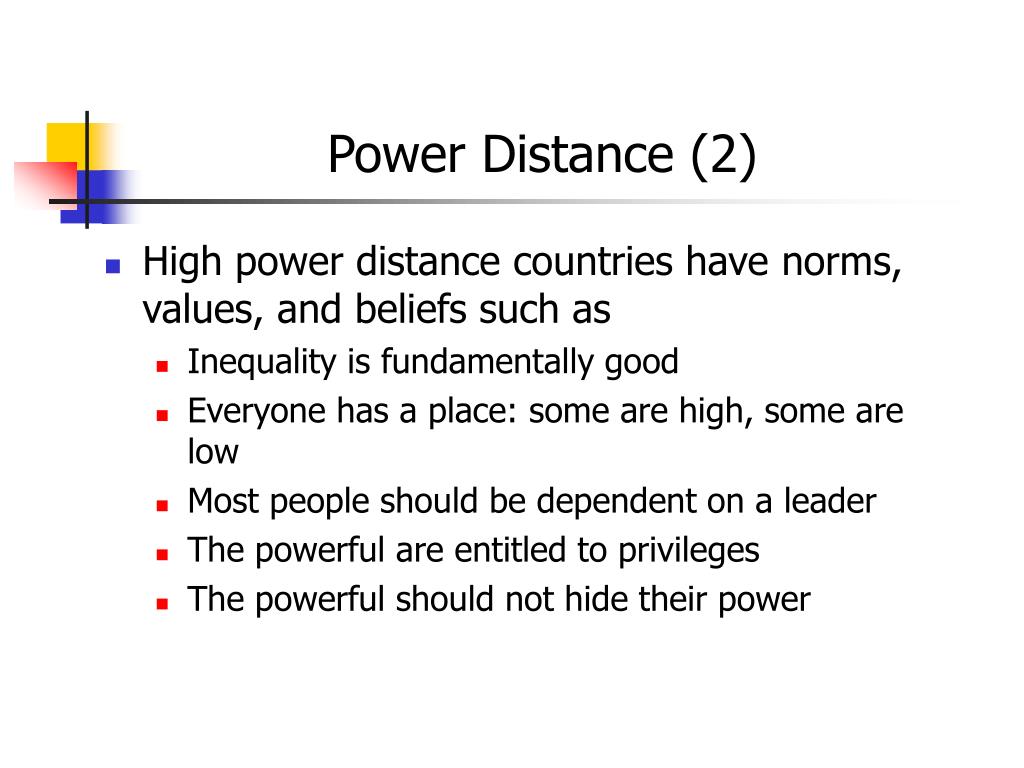

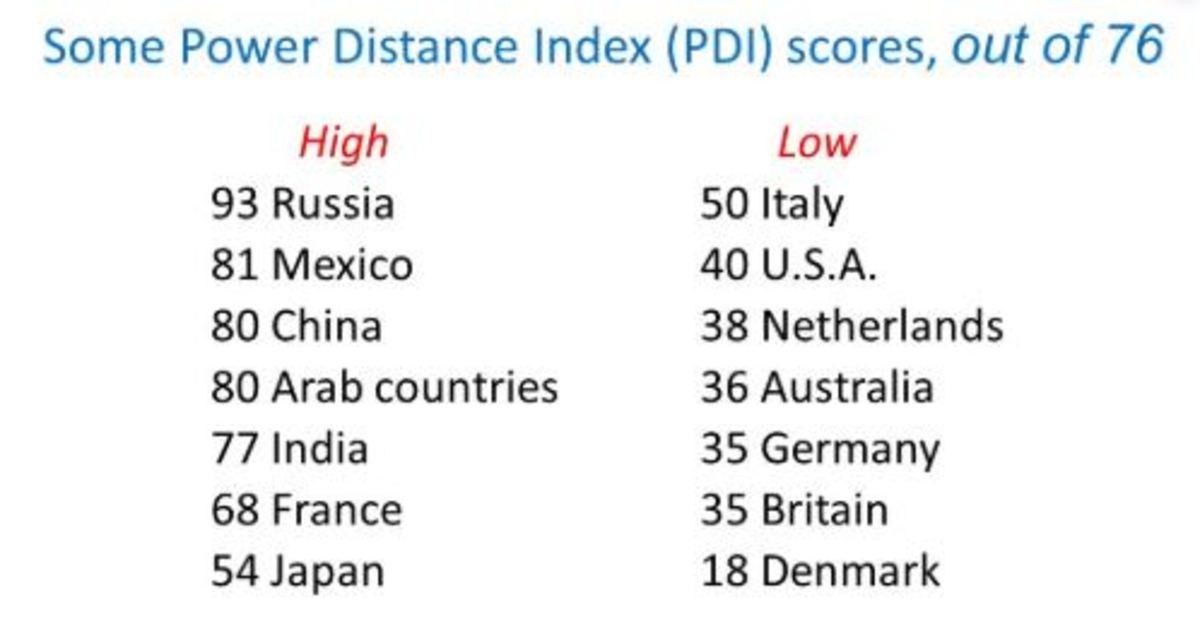

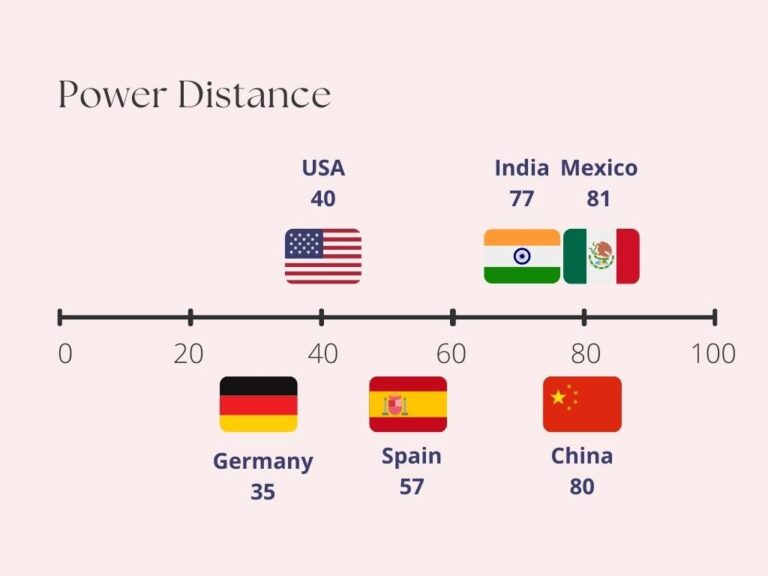


+Usually+use+surnames.jpg)
